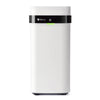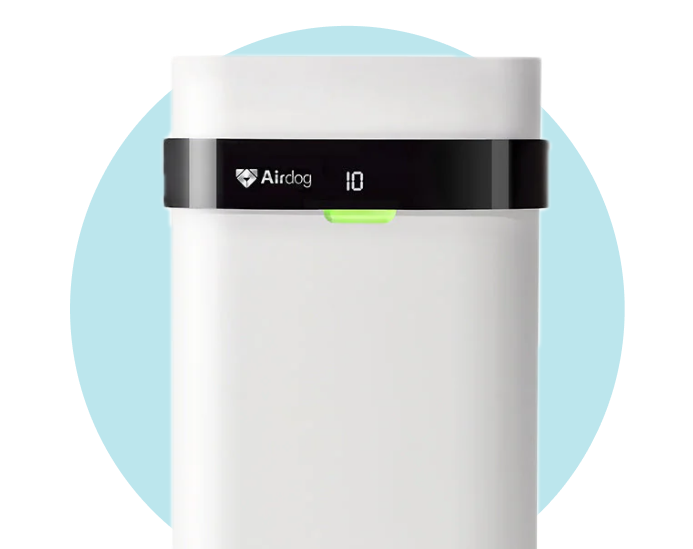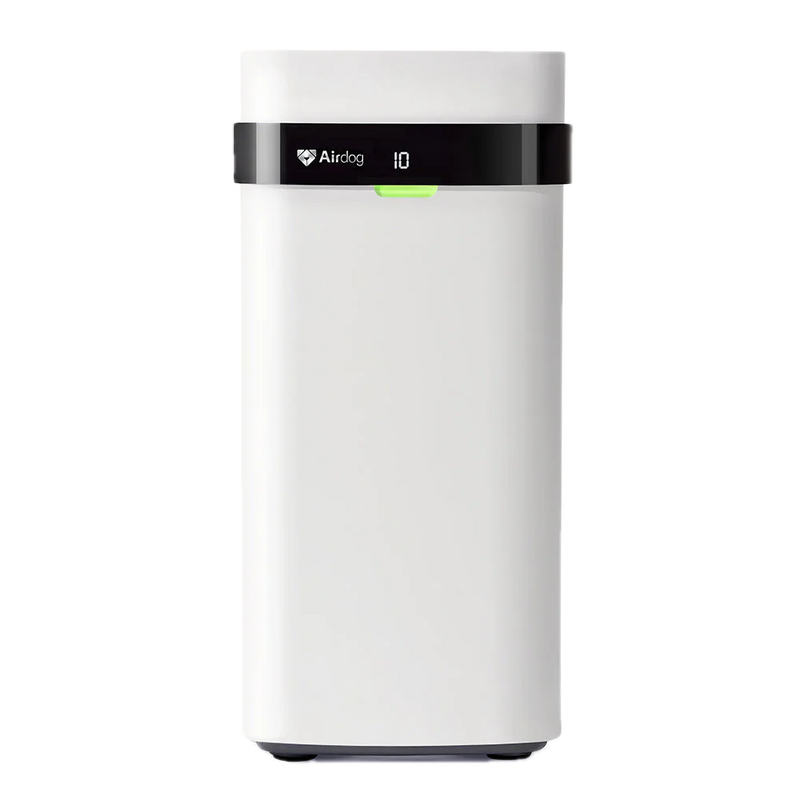Do Viruses Respond to the Environment? Unveiling the Science Behind Viral Behavior
Understanding Viruses: Do They Respond to the Environment?
Viruses have fascinated scientists for centuries, blurring the lines between living and non-living entities. One of the most intriguing questions is: Do viruses respond to the environment? While they lack a traditional cellular structure and do not carry out metabolic processes like living organisms, viruses do exhibit responses to external conditions that influence their ability to infect, replicate, and evolve.
What Defines a Living Organism?
Living things share common characteristics, including:
-
The ability to respond to their environment
-
Reproduction
-
Metabolism and the ability to generate energy
-
Cellular structure and organization
-
The capability to maintain homeostasis
Viruses challenge these definitions. While they contain genetic material (either DNA or RNA) and evolve through natural selection, they do not have their own energy-generating processes or cellular structures. Instead, they depend entirely on a host cell's machinery for viral replication.
How Viruses Interact with the Environment
Though viruses are not considered alive by most scientists, they do exhibit responses to environmental factors, including:
1. Temperature Sensitivity
Viruses can remain inactive or become less infectious at extreme temperatures. For example, the influenza virus thrives in colder environments, which is why flu cases spike in winter. In contrast, higher temperatures can denature viral proteins, preventing them from successfully infecting hosts.
2. pH and Chemical Exposure
Many viruses lose their ability to infect when exposed to highly acidic or alkaline conditions. Substances like hand sanitizer and disinfectants also break down the virus’s protective protein shell (capsid), rendering it inactive. Understanding the impact of environmental pH levels is crucial in understanding how viruses survive in different host environments, including the stomach's acidic conditions or the intestines' alkaline surroundings.
3. Immune System Evasion
Viruses interact with their host's immune system, sometimes mutating to avoid detection by immune cells. This evolutionary strategy allows many viruses to survive and continue spreading. Some viruses, like HIV, have evolved mechanisms to attack and disable the immune system directly, making them particularly difficult to eliminate.
4. Host Availability and Population Size
A virus’s ability to spread depends on the population size of potential hosts. Some viruses can enter a dormant state in environments where other cells are scarce, waiting for favorable conditions before reactivating. This is seen in viruses such as herpes simplex, which can remain dormant in nerve cells for years before reactivating due to stress or a weakened immune system.
The Viral Life Cycle: A Response to External Cues
The life cycle of a virus involves several stages that are influenced by environmental factors:
-
Attachment & Entry: The virus recognizes and binds to a specific cell membrane receptor on a host cell.
-
Replication & Assembly: Using the host cell’s machinery, the virus replicates its genetic material to produce new viral particles.
-
Release & Spread: New virus's are released, either by cell lysis or budding, to infect other cells.
-
Dormancy (in Some Cases): Some viruses, such as herpes and HIV, can remain inactive for long periods until triggered by environmental stressors like weakened immunity or temperature changes.
-
Mutation and Evolution: Viruses frequently mutate, allowing them to adapt to new hosts and evade immune detection. The ability of viruses to evolve in response to selective pressures is a crucial component of their survival strategy.
The Role of Environmental Factors in Viral Spread
Environmental conditions significantly affect how efficiently viruses spread. Factors include:
-
Humidity: Low humidity levels allow viral particles to remain airborne longer, increasing transmission rates. High humidity, however, can cause viral droplets to settle more quickly, reducing spread.
-
Air Pollution: Pollutants can weaken the immune system, making people more susceptible to viral infections. Fine particulate matter (PM2.5) in the air can also serve as carriers for viral particles.
-
Surface Stability: Some viruses, such as norovirus, can survive on surfaces for weeks, while others degrade quickly in the presence of UV light or disinfectants.
-
Crowded Environments: The higher the density of hosts, the more opportunities viruses have to spread through direct contact or airborne transmission.
Are Viruses Alive?
Despite their ability to respond to certain environmental stimuli, most viruses do not meet the full criteria for life. Unlike living cells, they lack the ability to maintain homeostasis, generate their own energy, or grow outside of a host. However, viruses do evolve through natural selection, leading to new viral strains that may exhibit favorable traits for survival.
The Role of Air Quality in Viral Infections
Since viruses spread through airborne transmission, maintaining clean indoor air is crucial for reducing infections. Poor air quality can exacerbate viral spread by:
-
Allowing virus-laden aerosols to linger longer
-
Compromising respiratory health, making people more susceptible to infection
-
Creating an environment where new viruses can spread rapidly in enclosed spaces
Airdog’s Role in Reducing Airborne Viruses
Airdog’s TPA technology surpasses traditional HEPA filters by actively destroying airborne threats, including viral particles as small as 0.0146 microns. Unlike standard filters that merely trap contaminants, Airdog’s system eliminates them, reducing the risk of infection and improving indoor air quality. Additionally, Airdog purifiers help minimize secondary viral exposure, ensuring cleaner and safer air for all.
Understanding Viruses Helps Us Combat Them
While viruses don’t fit the standard definition of living things, they do exhibit responses to environmental changes. Understanding these interactions allows scientists to design drugs, improve air purification, and develop strategies to mitigate viral infections. By controlling indoor air quality and limiting exposure to airborne pathogens, we can reduce the risks associated with viral transmission.
To ensure better air quality and reduce airborne virus exposure, explore Airdog’s advanced air purification solutions today.





